Netherlands Travel - Flevoland Province
After a devastating flood in 1916, the decision was made to enclose and reclaim the Zuiderzee, and thus the Zuiderzee Works started. Zuiderzee Works was a system of dams and dikes, land reclamation, and water drainage project, which was the largest hydraulic engineering project undertaken by the Netherlands during the twentieth century. In 1932, a flood defense barrier named Afsluitdijk was constructed which split Zuiderzee into two separate water bodies - the closed part named IJsselmeer, the biggest freshwater lake in Europe (from which the Markermeer was later split off) and the non-closed part named the Wadden Sea. The first land claimed was northeast polder (Noordoostpolder) in 1942 which included the former small islands Urk and Schokland. In the southwest the Flevopolder, much larger than the Noordoostpolder was reclaimed by 1968. In 1986, they voted to merge together to form the current-day province of Flevoland which is since the youngest of the 12 provinces of the Netherlands.
Flevoland's capital, Lelystad, is named after Cornelis Lely (1854–1929), the pioneering engineer who came up with the Zuiderzee Work's initial concept. Agriculture is the main industry in this flat province.
So through this series of articles, I intend to share our stories and experiences of traveling across the Flevoland province of the Netherlands with our fellow photography and travel enthusiasts. I hope they help you plan your travels across this beautiful province!
Schokland, the first Dutch site on the UNESCO List of World Heritage Sites, located in the current province of Flevoland, was a peninsula in the Netherlands since prehistoric times. But since it was primarily a soft peatland, it suffered greatly from the frequent floods from the Zuiderzee which was an inland sea in the northern part of the Netherlands that existed from approximately the beginning of the late Middle Ages. In the 15th century, the Zuiderzee crept into a part of the land of Schokland and cut it off from the mainland converting it into an island. Post that inhabitants again occupied it. However due to continued flooding of the sea, the residents had to leave the island regularly, and it had to be permanently evacuated in 1859.
While it's well known that Amsterdam, the lively capital city filled with canals and coffee shops, is frequently the first (and, let's face it, sometimes the only) stop for tourists in the Netherlands, there are a plethora of other, less-visited locations throughout the nation that are equally as worthwhile. Travelers will be surprised by how diversified the Netherlands' landscapes are for such a small nation.
Summers in the Netherlands can be a genuine celebration with the sun, sea, beach, festivals, music, overnight stays, lovely pavement cafés, delectable food, and fine wine! The longest day of the year, or the Summer Solstice, which occurs on June 21, marks the beginning of summer, according to the astronomical calendar. June, July, and August are regarded as the summer months by meteorologists. As a result of its maritime climate, which is influenced by the North Sea and the Atlantic Ocean, the Netherlands experiences a variety of weather conditions throughout the summer, including a few hot days with temperatures considerably over the 25-degree threshold.
Durga Puja, also known by the names Durgotsava or Sharodotsava, is a major annual ten-day Hindu festival that is celebrated in the Indian states of West Bengal, Bihar, Assam, Odisha, Tripura, and the nation of Bangladesh during the month of Ashwin on the Indian calendar (which falls between September and October on the Gregorian calendar), to commemorate the victory of the Hindu Goddess Durga (who is regarded as ‘Adi Shakti,’ the primordial cosmic energy) against the shape-shifting demon Mahishasura after a ten-day war.
Being a maritime country with a 450 km coastline, the Netherlands is famous for its beautiful beaches. Since the Netherlands has a lesser number of sunny days in the year, with the arrival of the summer, beachgoers, wildlife lovers, and watersports enthusiasts visit the splendid Dutch coastal towns to enjoy some fresh air on the beach, have a drink at a beach club, take a stroll down the promenade or through the dunes, watch the seagulls steal french fries from a scared couple, or ride the giant waves on a windy day!
Spring is undoubtedly the most fascinating season in the Netherlands and therefore, the best time for tourists to visit this beautiful country. After dull, grey, and cold winter months, as the sun starts peeping through the clouds, the sky turns blue and the days get longer and warmer, you know spring is in the air. And during these spring months of mid-March to mid-May, being the largest exporter of flowers globally, the whole country transforms into a vast ocean of flowers. It starts with cherry blossoms, crocuses, daffodils, and hyacinths between mid-March and mid-April, followed by the famous tulips between mid-April and mid-May. This makes it a great time to explore the Dutch countryside.
I've always been intrigued by the fascinating season of autumn. To me, autumn is a grand manifestation of the ultimate reality on earth that one day everything has to perish just to be reborn again. And as the tree leaves turn into vibrant shades of orange, yellow, and red, one last time before they return to Mother Nature, the mushrooms start emerging, chestnuts lay all around, and soft rays of the sun kiss your face as you take a leisurely walk on the rustling dry leaves, autumn shows us that the end can also be beautiful. And during this beautiful season in the Netherlands, what are the things you can see and do? That's precisely what I'm going to tell you today. So let's begin!
When you think of the Netherlands, the first thing that comes to your mind is an endless ocean of vibrant flower fields. Soon after the first tulip was planted on the Dutch soil in the mid-sixteenth century, the country saw a tremendous floral revolution and the founding of a horticultural industry that later converted their lowland country into the global hub of flower trade.
Being Dutch citizens ourselves living in the Netherlands for many years, and having traveled to 100+ cities, towns, and villages across all 12 provinces of the country, we’ve discovered many hidden treasures that are not featured in any travel brochures or websites, and many of our Dutch friends aren’t even aware of them, making them perfect for crowd-weary travelers.
Being Dutch citizens ourselves living in the Netherlands for many years, and having traveled to 100+ cities, towns, and villages across all 12 provinces of the country, discovering many hidden treasures on the way that are not featured in any travel brochures or websites, I can safely proclaim that we’ve seen this country more than many of the locals.

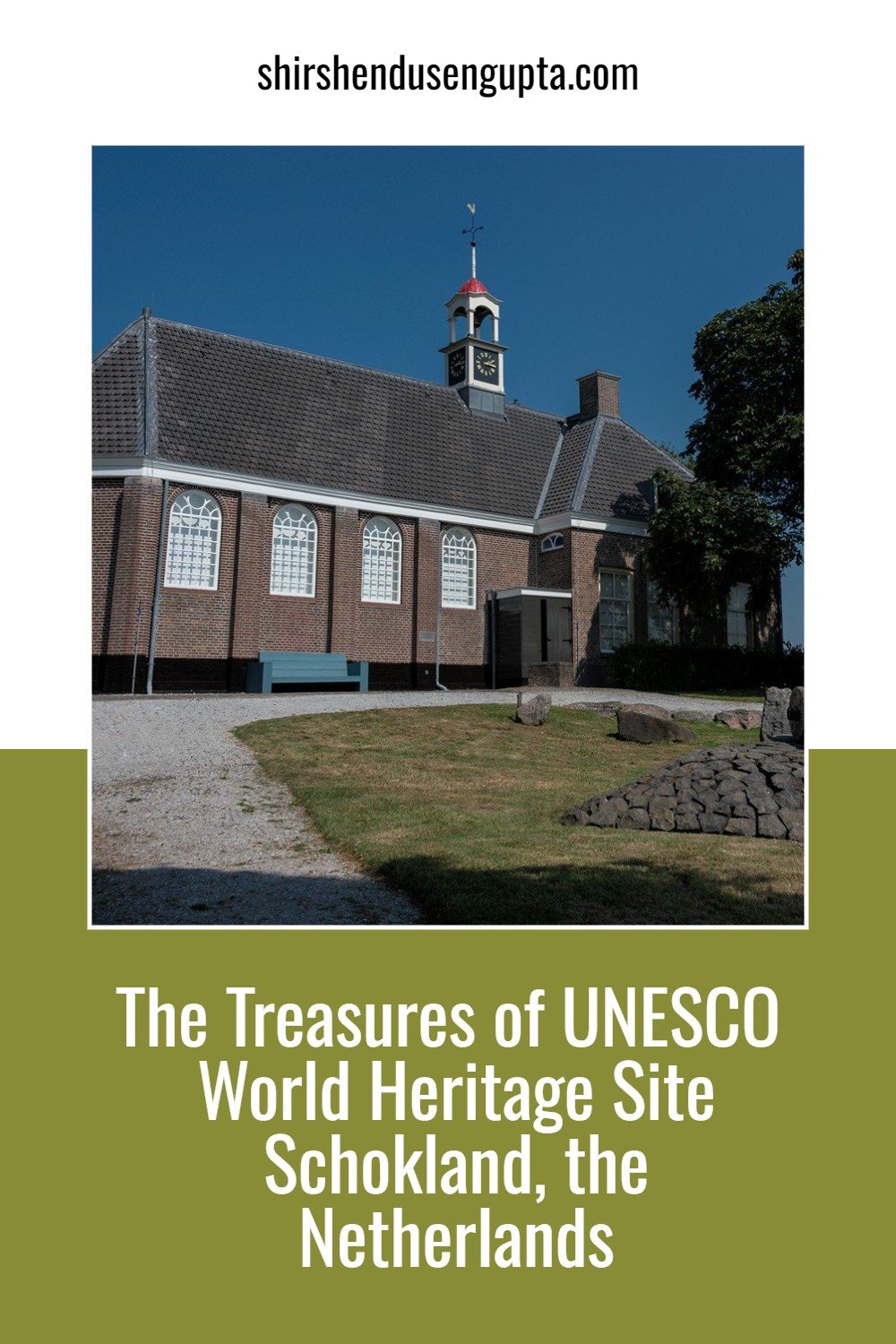
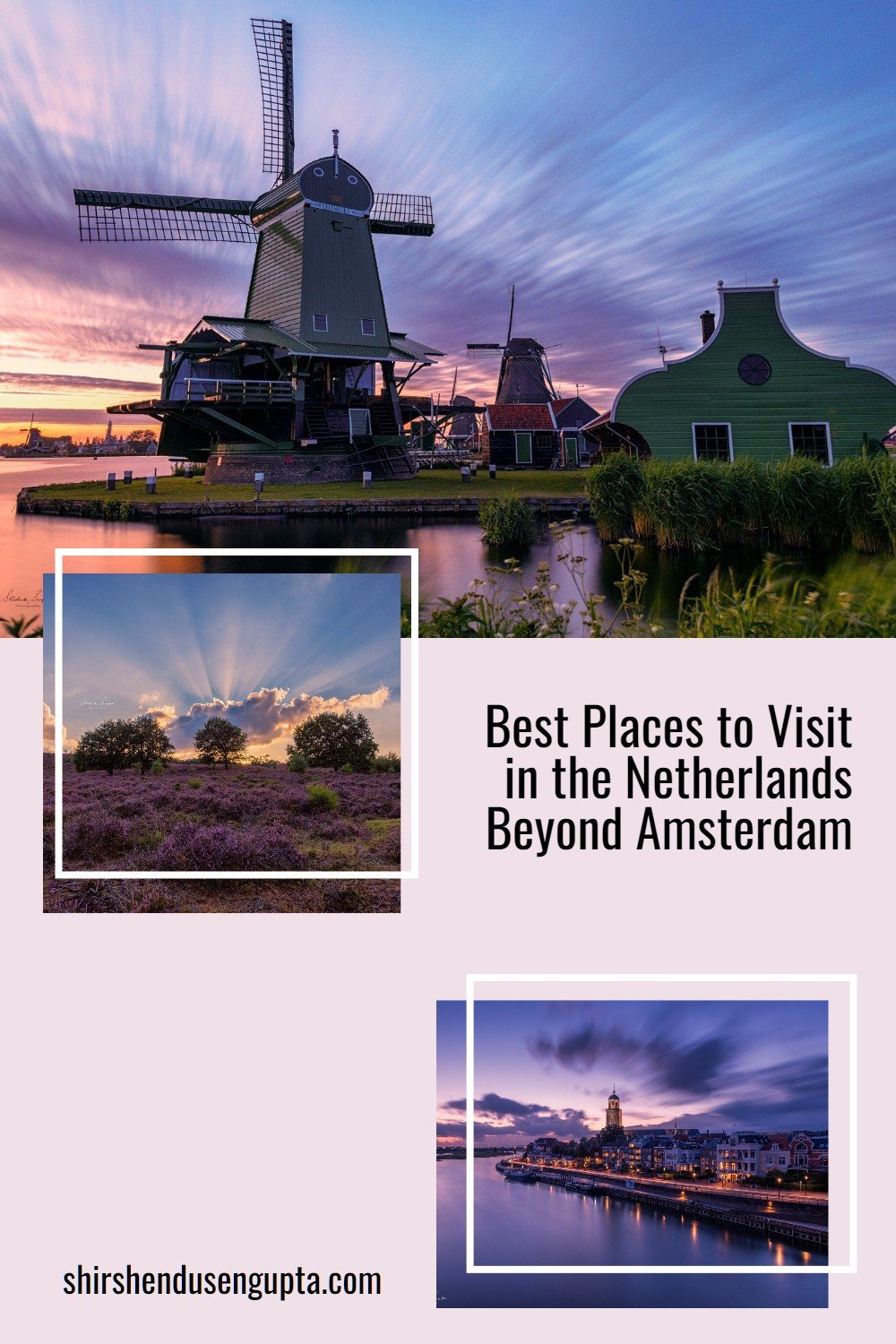

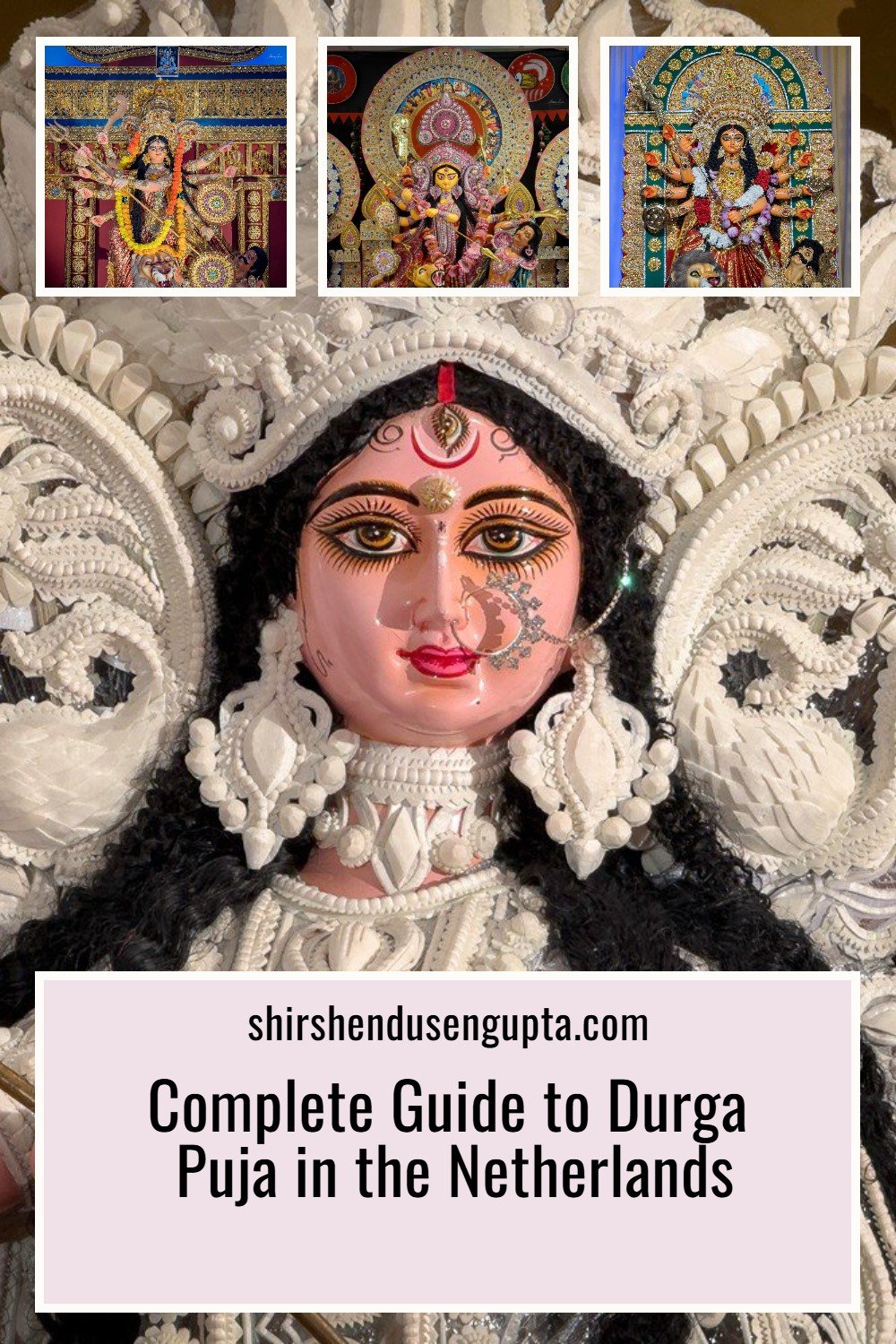
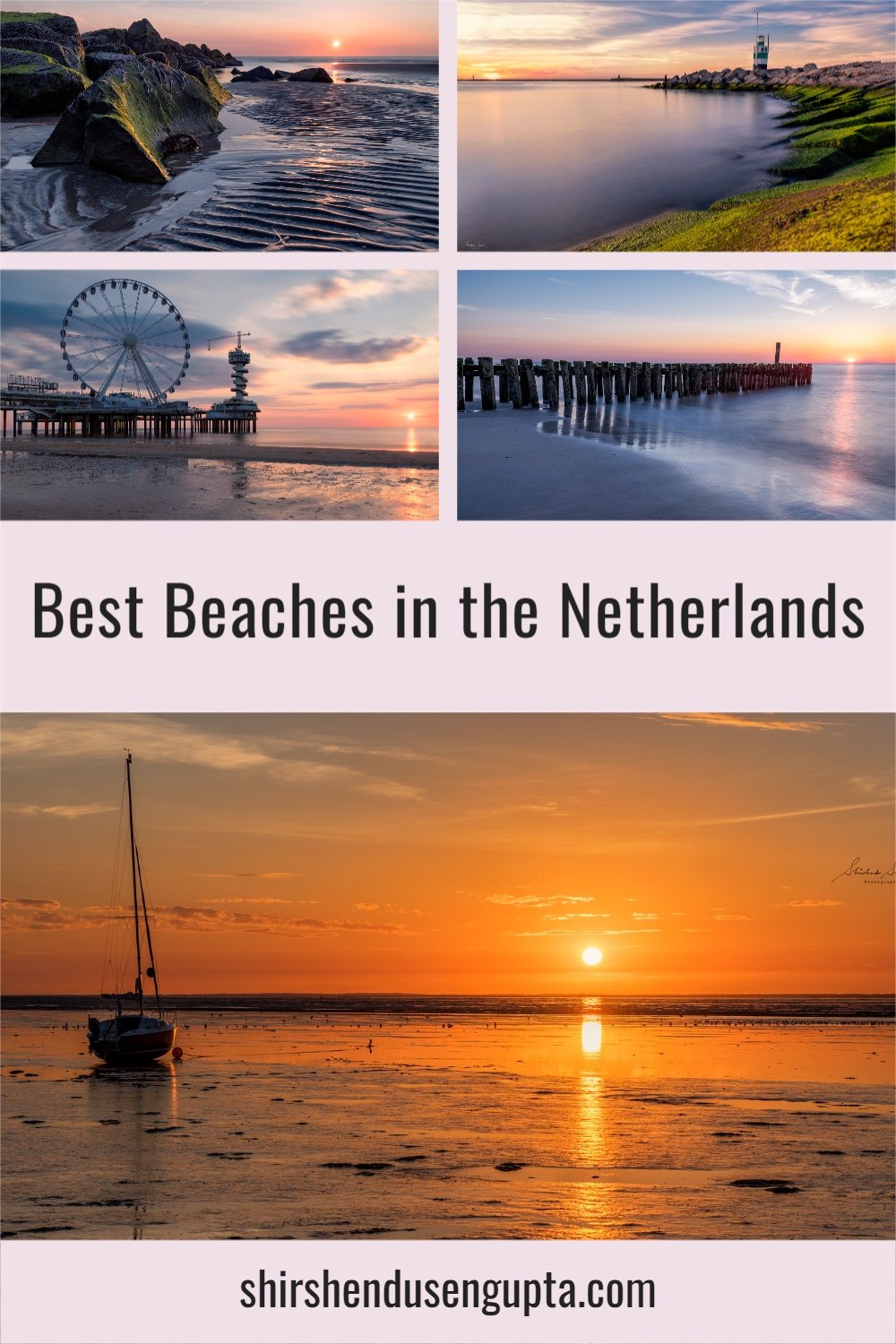
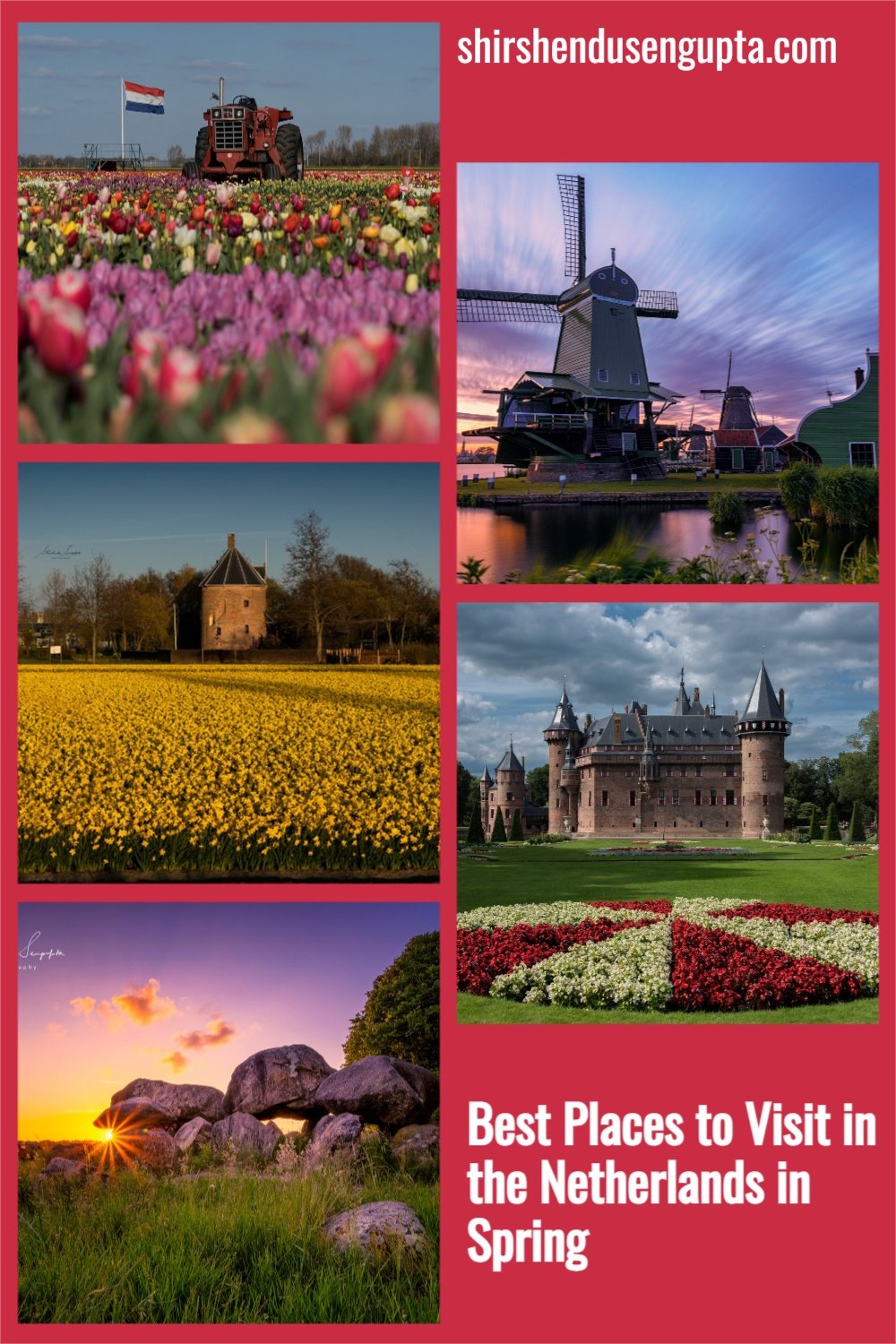
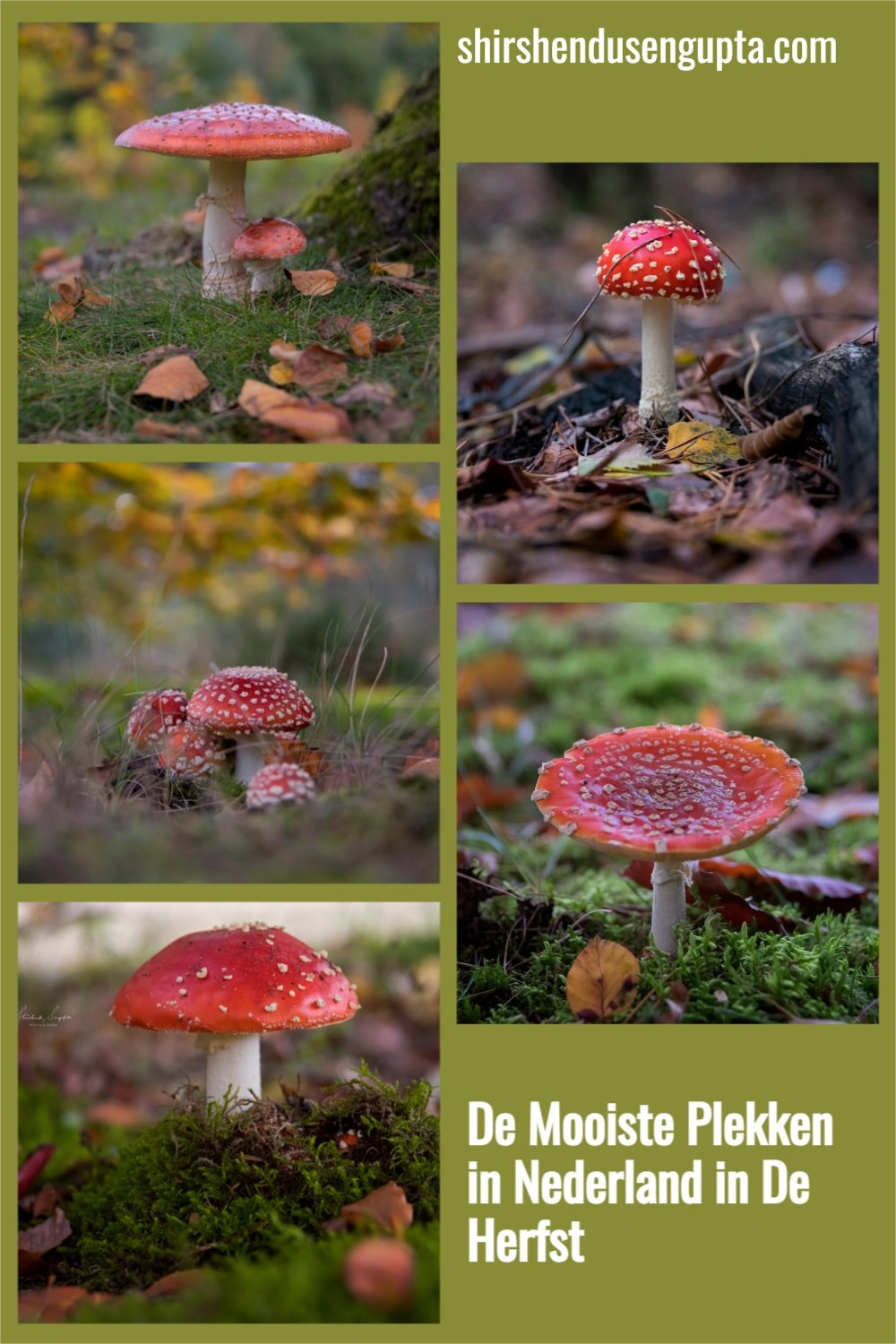

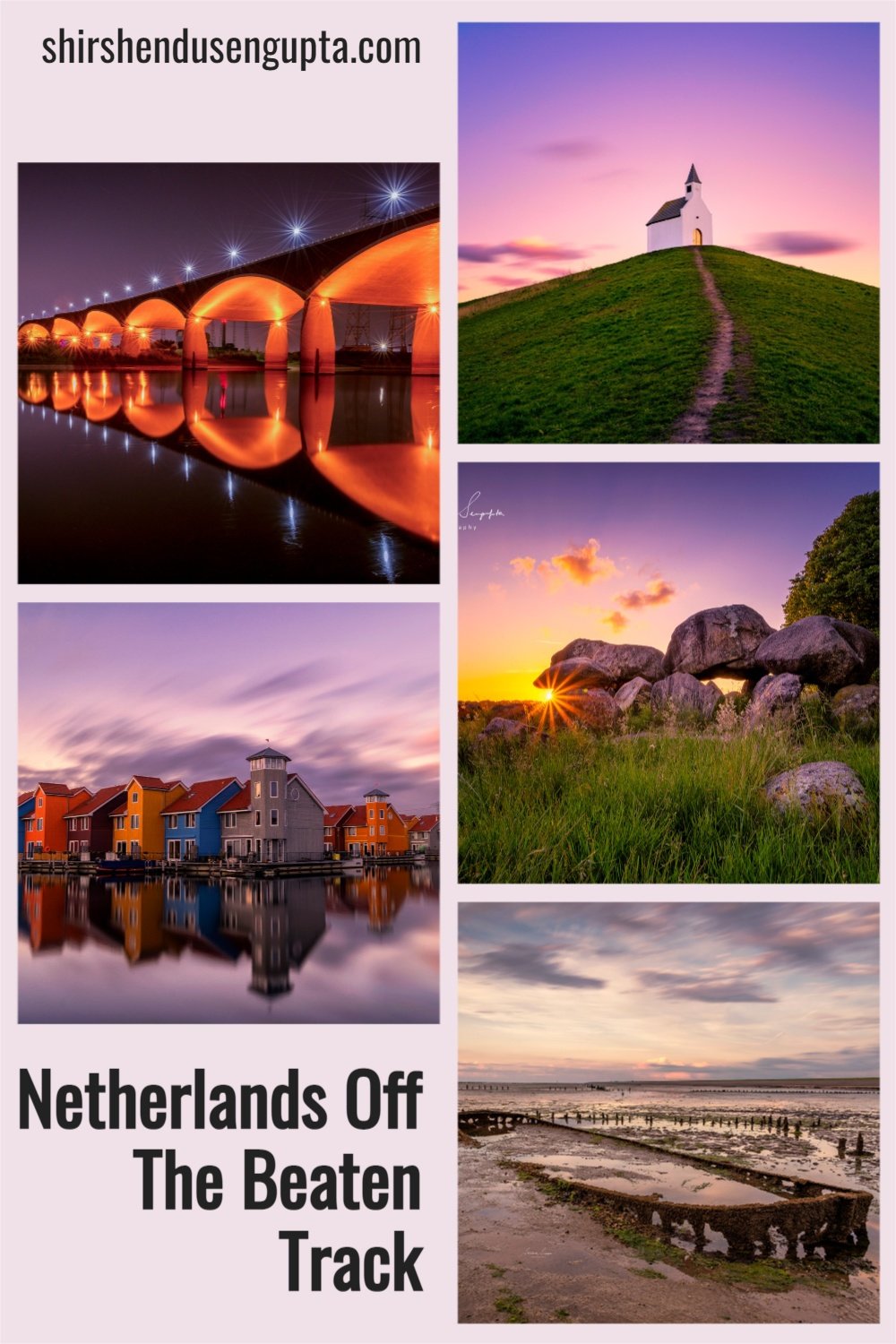
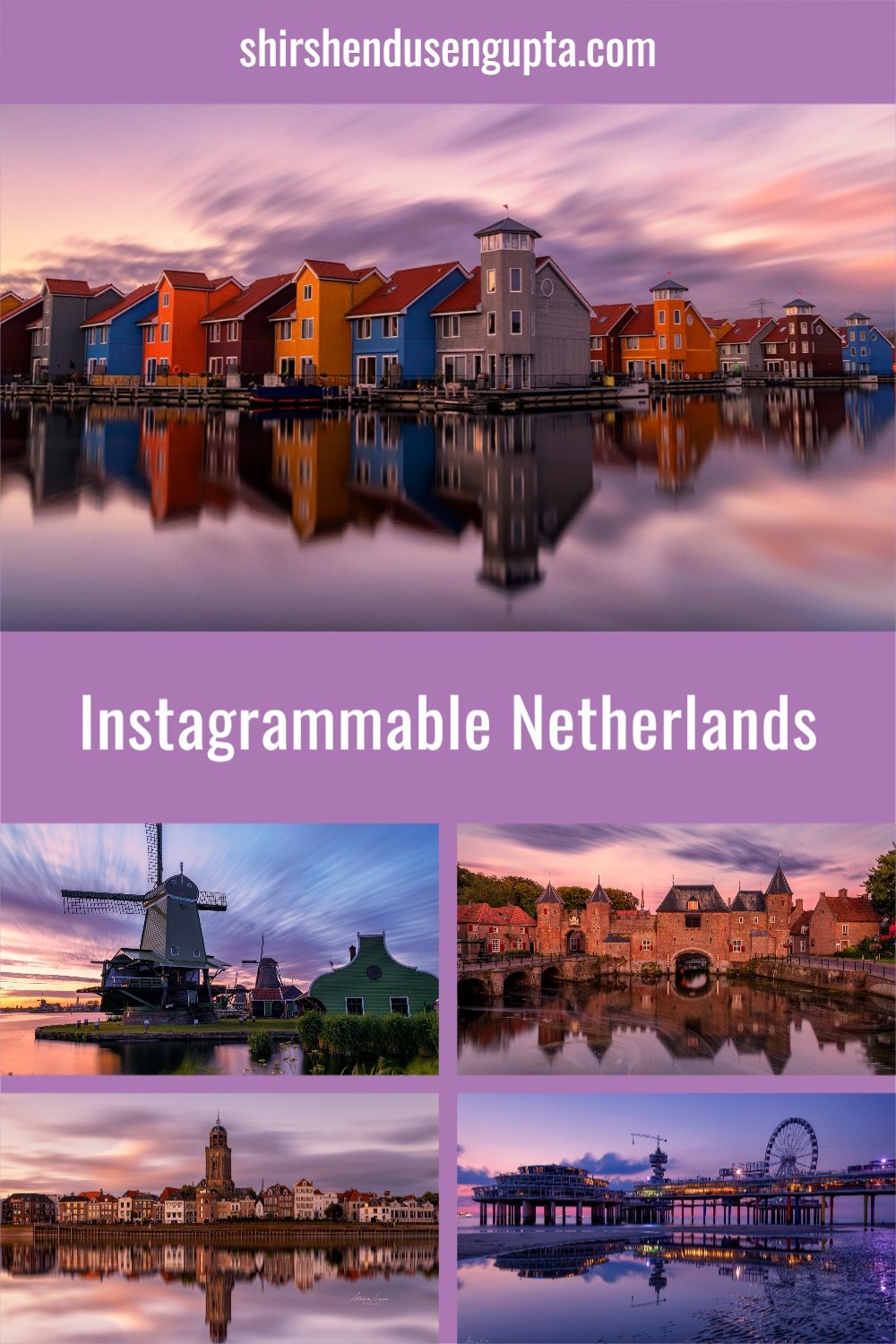
Welcome to a magical frosty wonderland where ice crystals melt your heart; where world’s top 45 ice artists (also known as ‘carvers’) from 16 different countries come together to transform 550 tons of ice and snow into 100 breathtaking artworks. Welcome to the Dutch Ice Sculpture Festival!